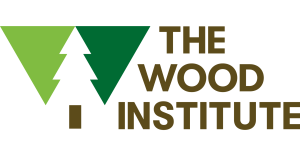
This webinar will explore the essential design decisions for achieving cost-effective and sustainable solutions in mass timber multi-family housing projects. Our expert panel will explain the fundamental principles behind successful mass timber housing project design, from structural innovations to efficient material utilization. Starting with a review of how mass timber multi-family projects can approach strategic design decisions related to fire-resistance, acoustics, construction type, unit sizing, structural grid and floor slab spans, building science and enclosure, MEPF integration, and more, the webinar will then delve into an in-depth case study of the groundbreaking Dixwell project in New Haven, CT. This four-story all-mass timber passive house project will create 69 units in total, providing much-needed housing for New Haven, most of which will be for those at 60% AMI or lower. The design team will demonstrate how they applied strategic design considerations and utilized design iterations to turn vision into reality. Whether you are new to mass timber, an experienced architect, developer, engineer, contractor, or simply passionate about sustainable construction, this webinar promises to be a stimulating and enlightening journey into the world of cost-effective mass timber design.
By the end of the course, you will be able to do the following:
- Understand the critical design decisions and principles that underpin cost-effective mass timber multi-family housing projects, including material selection and structural efficiency.
- Gain insights into how the Dixwell project in New Haven, CT, successfully implemented these design considerations and overcame challenges specific to their context.
- Identify key strategies to optimize construction costs and timelines while maintaining sustainability and design integrity in mass timber multi-family housing projects.
- Acquire knowledge of best practices and innovative approaches in mass timber design, enabling participants to apply these principles in future projects for greater cost-effectiveness and sustainability.
